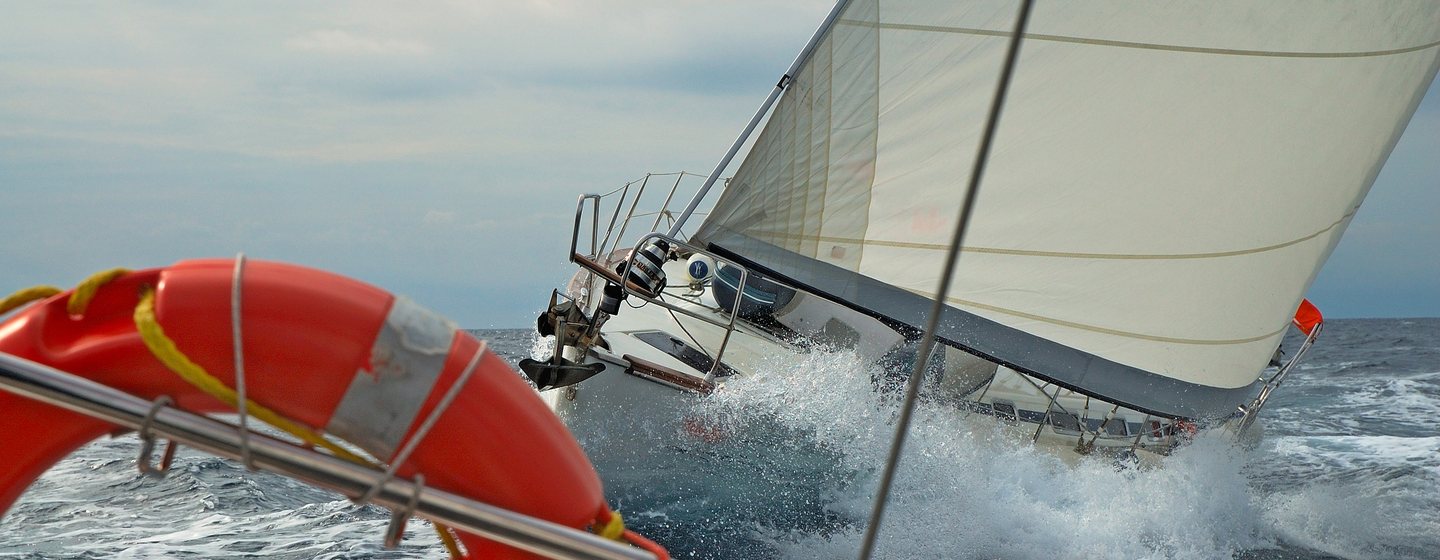Serving as a vital framework for maritime safety, these regulations establish standard practices and protocols to ensure the secure passage of vessels, regardless of their size or purpose.
From defining 'keep clear' and 'stand on' rules to outlining lighting requirements, the IRPCS forms the backbone of maritime navigation, emphasizing the need for adherence to these guidelines to mitigate potential risks of collision and ensure the safety of all seafarers. This article serves as a basic guide to the fundamental principles essential for any individual navigating on the water.
A Brief History
The International Regulations for Preventing Collisions at Sea (IRPCS) originated from the 19th century's growing need for standardized rules due to the increasing maritime traffic and subsequent collisions. First established by the British Board of Trade in 1862, these regulations underwent several international conferences before the adoption of the initial set in 1972. Since then, they have evolved through amendments to accommodate changes in maritime technology and practices, remaining a crucial framework for ensuring the safety of vessels and seafarers globally.
The Top Three
There are three most basic rules that must be understood, fluently, and engaged at all times whilst at sea. Surprisingly they are not rules 1, 2, and 3 but 5, 6, and 8.
Rule 5
Rule 5 requires that "every vessel shall at all times maintain a proper look-out by sight and hearing as well as by all available means appropriate in the prevailing circumstances and conditions so as to make a full appraisal of the situation and of the risk of collision".
Meaning: the obligation of every vessel to maintain an effective lookout at all times.
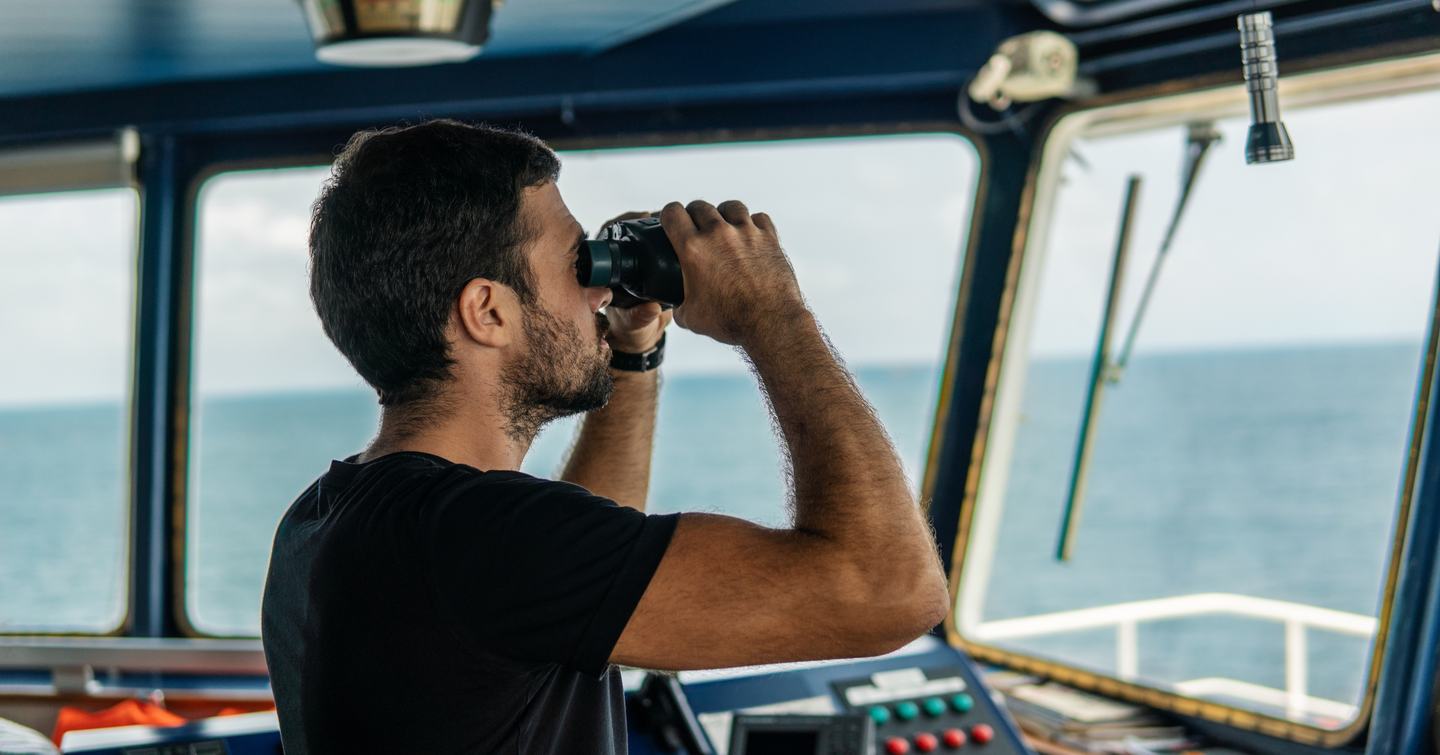
Rule 6
Rule 6 emphasizes the concept of safe speed. The rule states that: "Every vessel shall at all times proceed at a safe speed".
So, what is safe speed? In simple terms, we propose it's the factors that will make you slow down.
Effectively, a safe speed is the appropriate speed at which a vessel should travel, considering various factors to ensure safe navigation. For example, the presence of other vessels, weather conditions, visibility, depth, and any potential obstacles. It implies that slowing down is often necessary to maintain control and avoid collisions, enabling the operator to react swiftly to any unforeseen circumstances on the water.
Consider this: what factors prompt you to slow down while driving a car? Is it nighttime and poor visibility? Heavy traffic and narrow roads? Perhaps it's also when passing another vehicle in a confined space.
To safeguard your vehicle's paintwork and, at the very least, ensure the safety of its passengers, you adhere to the rules of the road and rely on your instincts, naturally decelerating to prevent collisions.
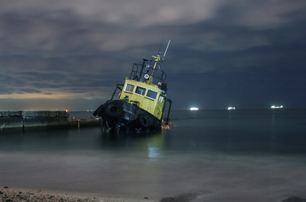
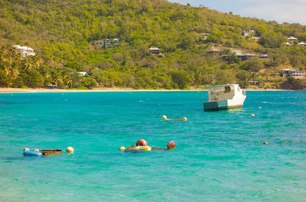

Here are a couple of examples:
When navigating in shallow waters, it's safer and causes less damage to accidentally impact the sea bed at 3 knots than at 10 knots.
If maneuvering through a fishing pot obstacle course, entangling a fishing line on your prop at 3 knots causes a jolt and a halt, whereas at 10 knots it could potentially rip your prop from your boat.
Rule 8
For the sake of clarity here, we responsibly paraphrase that Rule 8 is that any action that you take to avoid collision should be made in ample time and be extremely clear as to the avoidance tactic you are taking.
For instance, when faced with an oncoming vessel*, both parties should veer to the starboard side, allowing you to pass port-side to port-side. By executing a pronounced turn to starboard you are demonstrating your understanding of the regulations and signifies your commitment to turning to starboard, thus actively contributing to collision prevention.
While the other party should reciprocate this action, if they fail to do so, your exaggerated starboard turn should effectively avert any potential collision. If they fail to initiate an early starboard turn, as you did, remain extra vigilant as they might be unaware of the rules or not be keeping an effective watch at sea

* For the sake of the example above, we used Rule 14:
Rule 14 - Head-on Situation(a) When two power-driven vessels are meeting on reciprocal or nearly reciprocal courses so as to involve risk of collision each shall alter her course to starboard so that each shall pass on the port side of the other.


Right of Way
Actually, let's rephrase that.
In practical terms, no vessel possesses an inherent right of way over another. It remains the duty of all vessels to maintain distance from one another, so let's redefine the concept of 'right of way' and focus on 'keep clear' and 'stand on.'
Rule 16: Action by Give-Way (Keep Clear) Vessel
Every vessel that is directed to keep out of the way of another vessel shall, so far as possible, take early and substantial action to keep well clear.
This brings us back to the fundamental principle of Rule 8, emphasizing the importance of promptly taking substantial action to 'keep clear.'
Stand On
The 'Stand On' vessel is required under the regulations to maintain its course and speed.
Provided that the keep clear vessel is taking appropriate action to avoid a collision.
Rule 17 deals with the action of the stand-on vessel, including the provision that the stand-on vessel may take action to avoid collision by her maneuver alone as soon as it becomes apparent to her that the vessel required to keep out of the way is not taking appropriate action.
To clarify, if you're the stand-on vessel, maintain your current course and speed to help the give-way/keep clear vessel understand your path and speed. Still, as Rule 8 emphasizes, be ready to perform the evasive maneuver if needed, rather than assigning blame later on.
Hierarchy
It's all about maneuverability
A vessel under power is significantly more maneuverable than a vessel under sail; therefore, at first glance of the rules, it's best to remember that power keeps clear of sail.
Yes, there are exceptions, such as overtaking, which we can explore in a more detailed article. However, for a basic understanding, power keeps clear of sail.
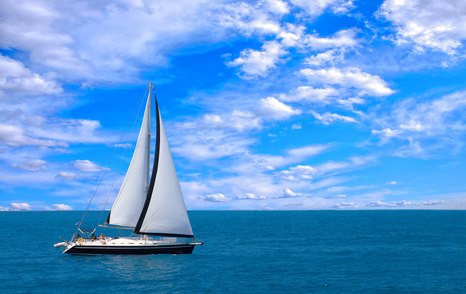
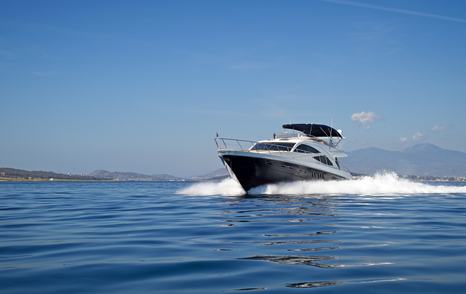
If a vessel is fishing or trawling, its maneuverability is restricted. Hence, power-driven vessels and sailing yachts should keep clear of fishing boats.
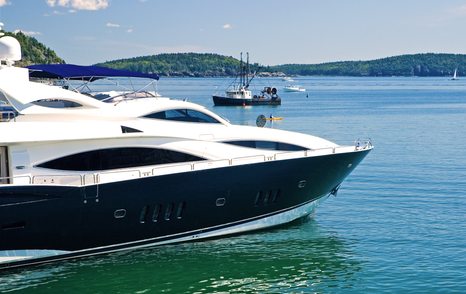
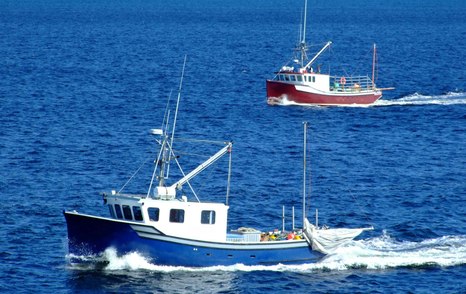
As a general rule, steer clear of any vessel larger than yours, any vessel less maneuverable than yours, and any vessel on a fixed schedule or engaged in activities.
If the other vessel is stationary in the water, for example, on anchor or aground, they are unable to maneuver, hence the responsibility falls on you to keep a safe distance.
Considering leisure is likely your primary activity, even if your yacht is involved in chartering, its main purpose is likely leisure. So, if altering your course to avoid another vessel costs you a mere five minutes, would it truly matter? Probably not.
Summary
- Stay vigilant through all possible means
- Contemplate reducing speed
- When taking evasive action, do it clearly and promptly
- Steer clear of less maneuverable vessels
The International Regulations for Preventing Collisions at Sea (IRPCS), issued by the International Maritime Organization (IMO), are accessible both in print and online. It is the duty of all seafarers and navigators to possess a thorough understanding of these rules. The article above serves as an introductory guide to the fundamental principles of collision regulations, not a definitive explanation.


